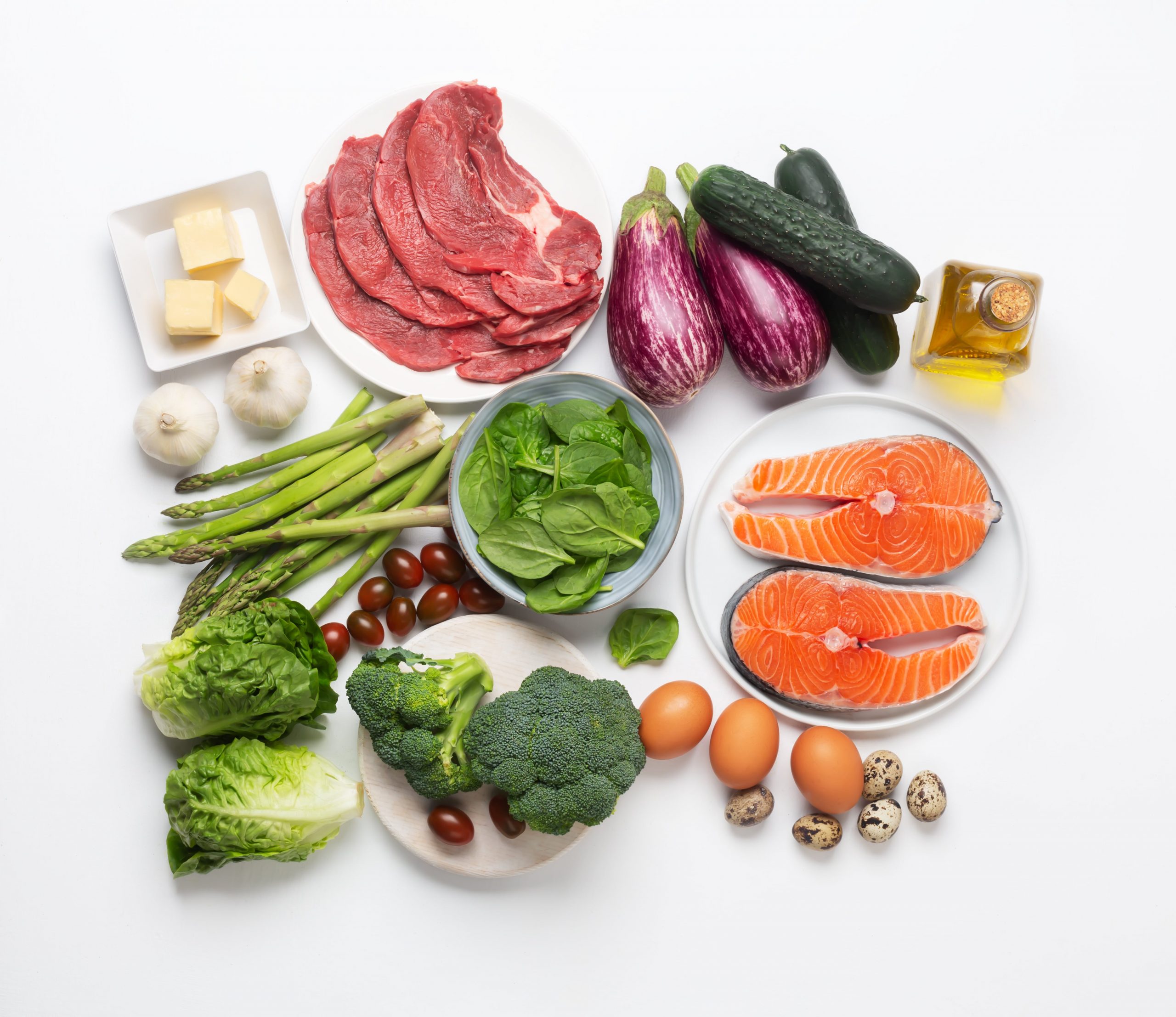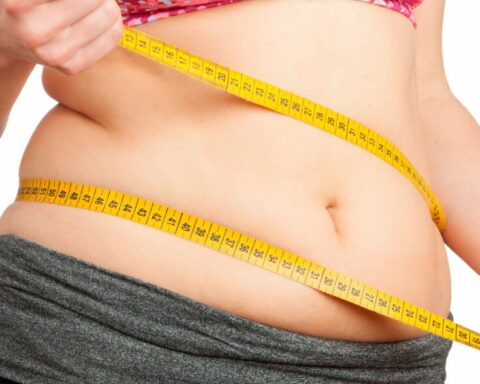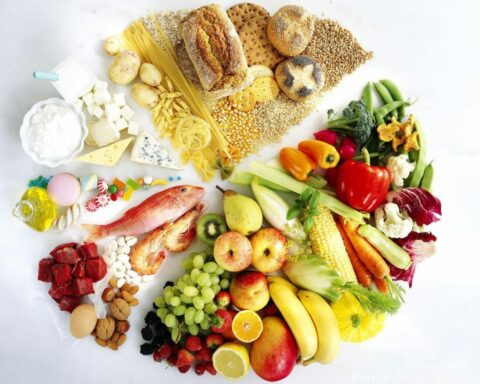If you have thought of starting the Atkins Diet, then you are on the right track to practicing healthy eating habits and losing weight. The Atkins Diet is modified to help people lose weight by eating a low-carb diet.
People who follow the Atkins Diet claim that you can continue consuming protein and fat by restricting or reducing them and lose weight anyway. You will only need to restrict and avoid foods that are high in carbs. If you can set your goals, get familiar with approved foods, keep yourself hydrated, and snack frequently, you can succeed with the Atkins Diet. How can you follow it? What foods are allowed? Keep reading to find out.
What Is The Atkins Diet?
The Atkins Diet is a special type of diet that requires its followers to avoid and restrict the intake of high-carb foods as much as they can. It was developed in 1972 by Dr. Robert C. Atkins. He wrote and sold the book that talked about the Atkins Diet. Researchers have since then studied this diet and found that one can stick to low-carb foods and lose weight without the need to count calories. Ultimately, your health will improve.
Right from its reception, health authorities extremely criticized the Atkins Diet for the fact it encouraged a high intake of saturated fats. However, several studies have indicated that feasting on saturated fats is possessed virtually nil risks to health. In fact, it’s been found that following this diet can greatly lead to weight loss, improve blood sugar, reduce the levels of triglycerides, and increase the level of “good” high-density lipoprotein (HDL) cholesterols. As much as the Atkins Diet encourages a high fat intake, it does not increase the “bad” low-density lipoprotein (LDL) cholesterol levels. Low-carb diets effectively lower weight because your appetite will reduce with a high protein and low-carb meal, making you consume fewer calories.
How To Follow The Atkins Diet
Following the Atkins Diet is very easy. You only need to understand how it is structured, what foods you need to eat, and which ones to avoid. Typically, the Atkins Diet shredded into four distinct phases:
The First Phase (Induction)
Since your body is not yet used to the Atkins Diet, this phase is meant to familiarize you psychologically with the entire diet. The induction phase continues up to 14 days, and you should strictly consume below 20 g of carbs every day. You are required only to eat vegetables high in fats, high in protein, and low in carbs. This will stimulate weight loss.
The Second Phase (Balancing)
In this phase, you should start to include more nuts in your diet doing so, slowly. You should also add a few fruits and continuing with the low-carb vegetables.
The Third Phase (Fine-tuning)
In fine-tuning phase, you should now be nearing your desired weight goal. You are required to continue adding more carbs back to your diet until weight loss plateaus.
The Fourth Phase (Maintenance)
Now that you have achieved the weight you desired, you are supposed to maintain it. In the Maintenance phase, you are required to continue eating carbs, but only the healthy ones that increase your weight at all.
The Atkins Diet phases may be hard to follow since they are somewhat complicated. Some people don’t take the diet by its neck; rather, they simply begin by increasing their intake of vegetables without going through the induction phase. All the same, this is not a bad approach. Similarly, others chose to start and remain in the induction phase for as long as they can. This is called the keto diet.
Foods To Avoid on The Atkins Diet
Following the Atkins Diet requires that you avoid some specific foods. These include:
Sugar and foods with added sugar
such as fruit juices, candy, ice cream, soft drinks, etc.
Trans fats
are found on the ingredient list of foods that have included the word “hydrogenated.”
Grains
rye, rice, barley, and wheat, among others.
Vegetable oil
avoid all oils from corn, cottonseed, soybean, canola, and other vegetable seeds.
Fruits with high
carb content such as bananas, grapes, oranges, and pears. Only to be avoided in the induction phase.
Low-fat foods
because they are usually high in sugars.
Starchy foods
these should be avoided in the induction phase only. They include all potatoes.
Leguminous foods
should also be avoided in the induction phase only. They include beans, lentils, etc.
Foods to Eat on The Atkins Diet
When on the Atkins Diet, the following foods should be of your utmost priority:
Low-carb vegetables
these include mainly cruciferous vegetables like kale, broccoli, spinach, and others.
Meat
animal-based proteins are of high quality. They include lamb, pork, chicken, beef, and others.
Healthy fats
avocado, extra virgin olive oil, avocado oil, and coconut oil. They contain heart-friendly monounsaturated fat.
Eggs
include eggs enriched with omega-3.
Seafood and fatty fish
fatty fish contain high-quality protein. They include sardines, salmon, and trout, and others.
Full-fat dairy
chose full-fat yogurt, cheese, butter, cream, etc.
Nuts
eats seeds and nuts of almond, macadamia, sunflower, and walnuts.
Consuming these meals of fatty protein alongside other vegetables will help you lose weight very fast.
Acceptable Beverages
Always strive to take water and hydrate yourself with water. It’s the best beverage. If you have cravings for other beverages, don’t step outside the diet. You can have coffee instead of green tea. They both contain antioxidants and can help you lose weight easily. Additionally, you can take alcohol in small amounts and dry wines. Beer is not accepted as it contains added sugars.
Conclusion
The Atkins Diet is a simple to follow a diet that requires one to avoid high-carb foods and stick to fatty proteins, healthy fats, nuts, and vegetables. Broken into four phases, the first phase, also called the induction phase, should intake carbs below 20 g for 14 days. Balancing, Fine-tuning, and Maintenance are the second to fourth phases, and you should slowly add carbs and fruits until you achieve your weight goal.
- FDC – Giejo Magazine Article - July 29, 2023
- MoriMa Tea the – Chinese tea culture - April 26, 2023
- Missionary Position – Least Likely To Bring You To Climax - April 7, 2023









